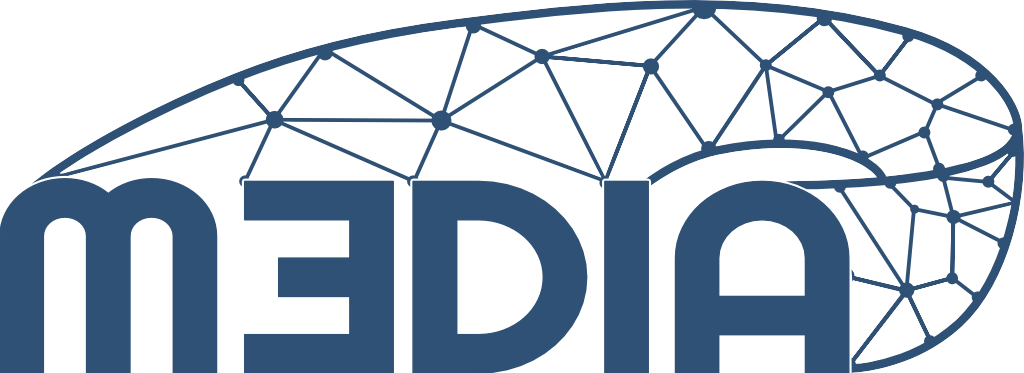Linear video coding is a joint source-channel coding approach to the problem of video delivery through unreliable channels.
The scenario consists of a single source sending the video to several receivers. For example, we could consider a remotely-controled vehicle sending the video to multiple antennas (base stations) for improved resiliency; or to the more classical video distribution service to mobile users.
Classical systems are based on digital video compression (e.g., H.264 or HEVC) on a suitable protocol stack at transport and network levels. However, this implies that the coding choices (compression rate, channel coding rate) are decided a priori and could misfit with the actual channel conditions. For example, some users may suffer from a digital cliff while others may have a very good channel and yet not take full benefit of it since the design choices are based on more pessimistic hypotheses.
LVC solves this problem by using a fully linear coding system. A suitable transform is applied to the video signal, such to concentrate the information in a few coefficients. Then the relevant coefficients are sent using a very dense modulation (or, in principle, by analogical modulation of OFDM carriers). Since the full system is linear, users with good channels will have good quality of the received video. Users with worse channels still will receive some information.
As for its very simple nature, LVC needs many improvements to be fully competitive with the latest video compression and transmission systems. Therefore, it is not surprising that a large amount of research has been lately devoted to this area.
We mention in the following some of the recent papers on this issue.
Our contributions to the field consist of power allocation techniques that optimize the quality of the received signal; and dimensionality reduction tools that increase the bandwidth of the transmission system.
Our publications
[Cagnazzo2015] M. Cagnazzo, M. Kieffer. “Shannon-Kotelnikov Mappings for Softcast-based Joint Source-Channel Video Coding”. In IEEE International Conference on Image Processing, vol. 1, pp. 1-4, September 2015. Québec City, Canada.
[Zheng2016] S. Zheng, M. Antonini, M. Cagnazzo, L. Guerrieri, M. Kieffer, I. Nemoianu, R. Samy, B. Zhang. “Softcast with per-carrier Power-Constrained Channel”. In IEEE International Conference on Image Processing, vol. 1, pp. 1-4, September 2016. Phoenix, AZ, USA.
[Zheng2018] S. Zheng, M. Cagnazzo, M. Kieffer. “Precoding matrix design in linear video coding”. IEEE International Conference on Acoustics, Speech and Signal Processing, April 2018.
[Zheng2019a] S. Zheng, M. Cagnazzo, M. Kieffer. “Channel Impulsive Noise Mitigation for Linear Video Coding Schemes”. In IEEE International Conference on Acoustics, Speech and Signal Processing, vol. 1, pp. 2347-2351, May 2019. Brighton, UK.
[Zheng2019b] S. Zheng, M. Cagnazzo, M. Kieffer. “Optimal and Suboptimal Channel Precoding and Decoding Matrices for Linear Video Coding”. In Elsevier Signal Processing: Image Communication, vol. 1, no. 6, pp. 1-12, June 2019.
[Zheng2019c] S. Zheng, M. Cagnazzo, M. Kieffer. “Channel Impulsive Noise Mitigation for Linear Video Coding Schemes”. In IEEE Transactions on Circuits and Systems for Video Technology, Sept 2019.
